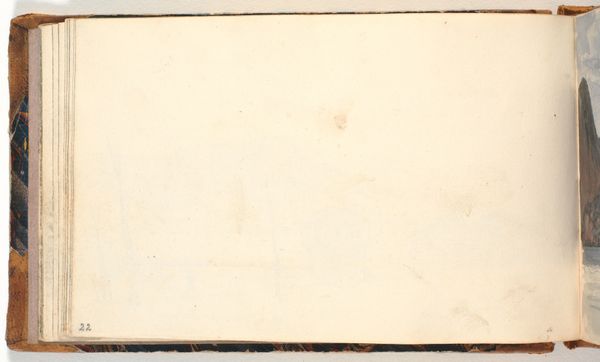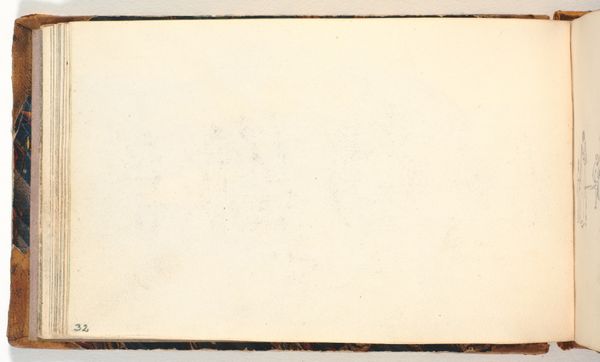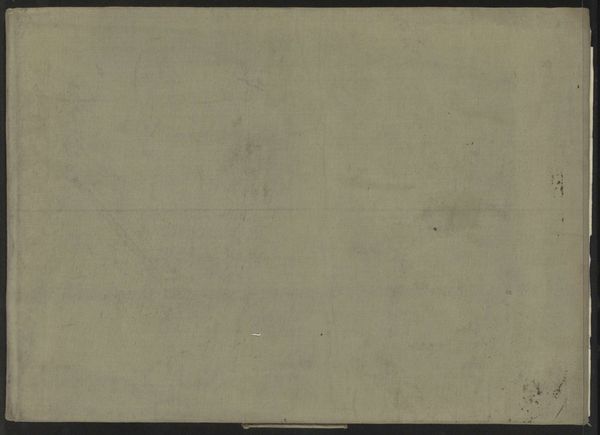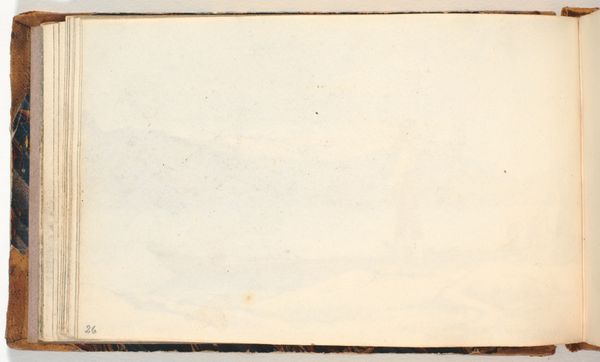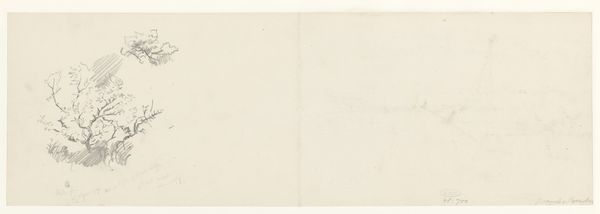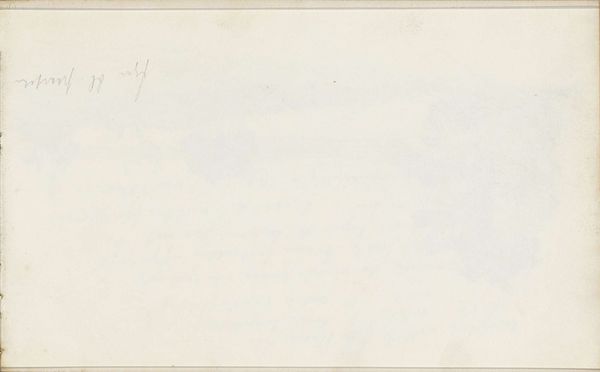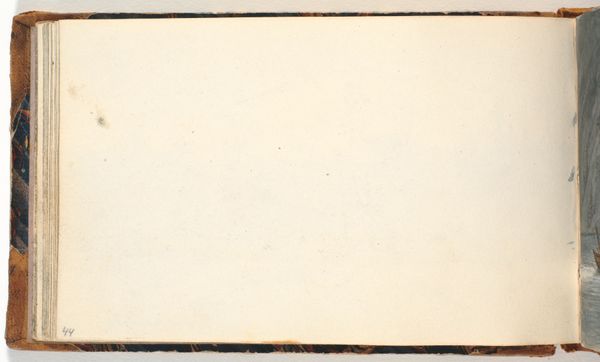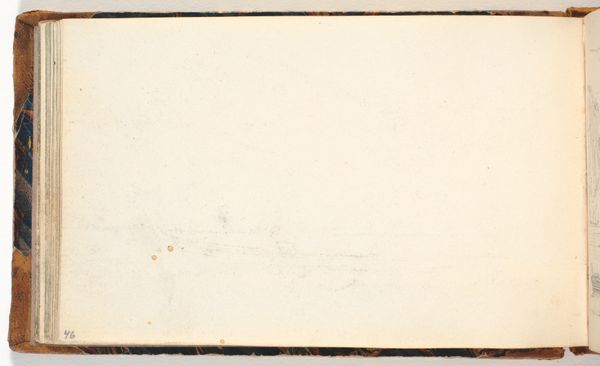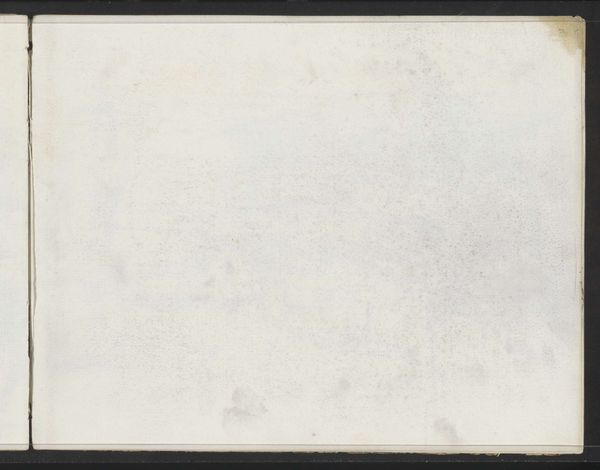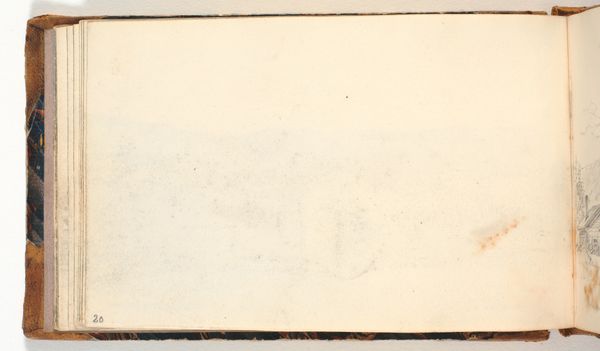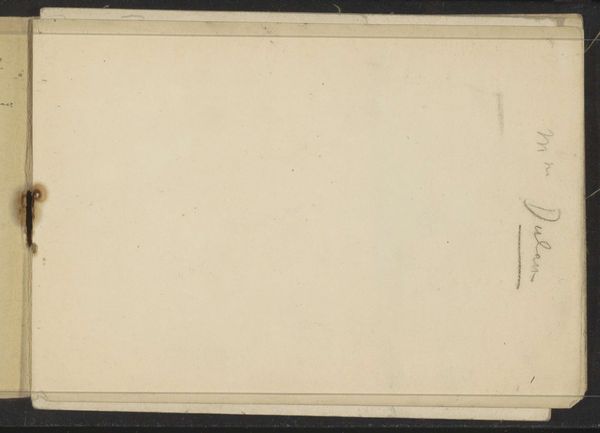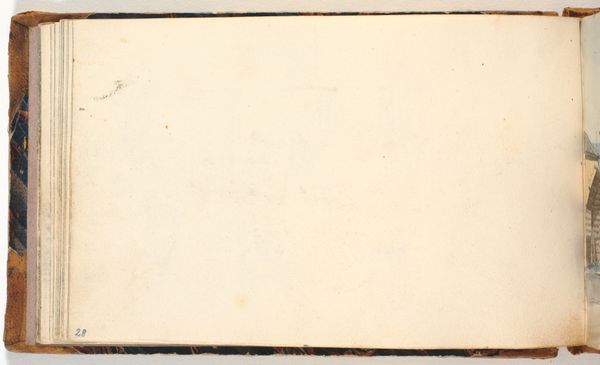
drawing, print, paper, pencil, graphite
#
drawing
# print
#
landscape
#
paper
#
pencil
#
graphite
#
watercolor
Dimensions: 218 × 280 mm
Copyright: Public Domain
Curator: Look at this delicate drawing. Antoine Pierre Mongin created this sketch, "Sketch of Arched Entry to a Terrace," on paper using pencil and graphite. While the date of its creation remains unknown, it resides here at The Art Institute of Chicago. What's your immediate take? Editor: Faint. Ephemeral. Like a ghost of a memory, barely captured on the page. The details are there if you really search for them, but overall the composition is a light impression. Curator: Indeed. The arch itself acts as a portal, framed by what could be seen as nature reclaiming built structure. This calls forth ideas surrounding the picturesque. Can you sense how Mongin used these types of forms, maybe even neoclassical ruins, to evoke sentiments of the past, of cycles of civilization? Editor: I see that the very lightness of the sketch reflects a fragility, hinting that even grand architecture eventually succumbs to decay or changing societal needs. Was this work meant for public display, or was it more of a private, intellectual exercise? Curator: My sense is the latter. Sketches often serve as explorations, thoughts made visual, rather than declarations meant to be viewed publicly. The terrace imagery connects to ideas of leisure and contemplation, very much tied to social status. This wasn't available for the general public. The sketch then represents the values linked to its commissioner and owner. Editor: So even in what seems to be a fleeting, quickly rendered image, there is commentary on access, class, and perhaps the ephemerality of power structures. And perhaps that connects it to what seems like a universal, emotional longing. The sketch captures a yearning for an idealized, and somewhat mournful, landscape. Curator: It makes me think about how this drawing invites us to look beyond the lines, and consider that built landscapes act as powerful mirrors reflecting not only taste but profound social ideals. What final impressions are you left with? Editor: Ultimately, it speaks to me of the enduring human fascination with ruins—they symbolize inevitable change. And that’s an aesthetic and a political point all in one.
Comments
No comments
Be the first to comment and join the conversation on the ultimate creative platform.
